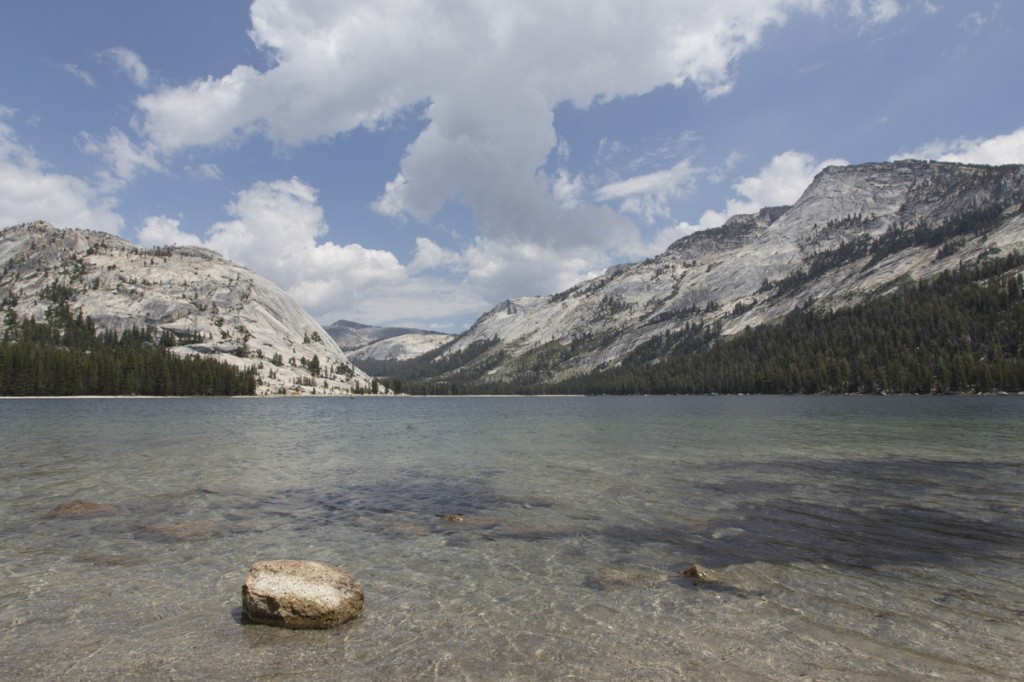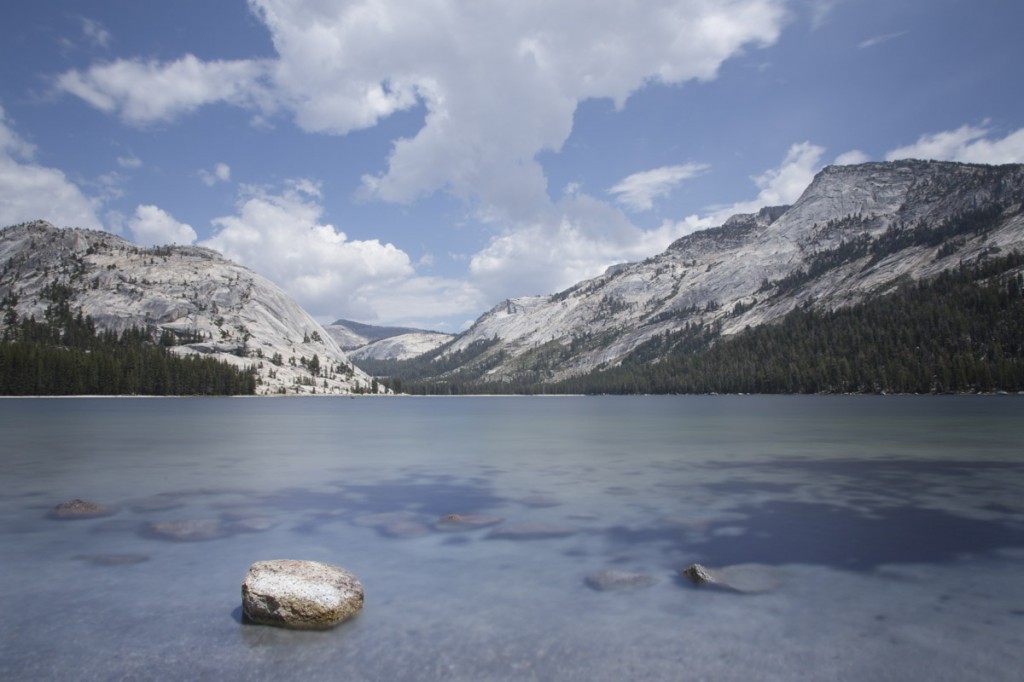A question that I’ve received a few times lately is “How do you use Slower Shutter?”
The confusion seems to stem from the fact that the app only asks you to input your base shutter speed and ND strength – and the folks asking me are used to taking the aperture and ISO into the exposure equation. It dawned on me that perhaps I was taking too much for granted and that others didn’t have my same approach to calculating a long exposure.
As such, here’s my suggestion for how Slower Shutter is intended to help you, followed by an example.
Step 1 – Establish your “base” shutter speed
You’ll first need to determine your shutter speed, aperture and ISO for your “normal” exposure. Remember these values. Do this WITHOUT the ND filter in front of your camera.
Step 2 – Calculate your new shutter speed
Go to the Slower Shutter app and enter your shutter speed from step 1.
Next, enter the strength of your neutral density filter. You will see the new shutter speed appear automatically under the circular countdown timer.
If this new shutter speed is 30 seconds or less, you should be able to set this on your camera in Manual mode. For ISO and Aperture, refer to the values from step 1 above.
Optional Step
If your new shutter speed is greater than 30 seconds, set your camera to Bulb mode, dial in your settings for ISO and Aperture from step one and then use a cable release for the duration of the new shutter speed.
Press the Set Timer label in the Slower Shutter app and this time will become the value/duration for a timer. Next double tap on the center of the timer to start the countdown. If you need to start over before the countdown is finished, tap once on the countdown progress to pause and then tap Start Timer again. At this point, you only need to tap the countdown indicator once to get it started again.
Real World Example
Recently, I went on a trip to Yosemite National Park with the intention of getting some long exposure photos that I could share here. This is a photo of Tenaya Lake. Without a neutral density filter, I set my camera up on a tripod then set the camera setting to P to allow my Canon 6D to calculate the “proper” exposure. Please note, I set the ISO manually to 100.
Using the fully automated P mode on my camera, this is the photo that I got.

So this isn’t a long exposure at all. There’s way too much texture in the water for my personal preference. But I needed to take this photo so I could get an idea of what the camera thinks is the “proper” or baseline exposure. Next, I set my focus to manual mode and then I attached my Lee Filter 10-Stop (aka the Big Stopper) ND filter.
Now I’m ready to go over to Slower Shutter and figure out what my new exposure should be.
I enter 1/80 for the exposure time and 10 for the ND strength. The new shutter speed that I need is 13 seconds.
So I go back to my camera and put it in Manual mode. I change my ISO to 100 and aperture to f/16 – just as in the original photo. The only thing I need to change at this point is the shutter speed. Making sure the ND filter is on the camera is also a good idea.

Now we’re getting somewhere. Interestingly enough, my camera should have been set to 13 seconds, but I accidentally set it to 10 seconds. As a result, I had to do a little increase in Exposure in Lightroom to get the photo to the right exposure.
Note how in this second photo, the texture in the water is pretty much all gone, leaving you with a glassy reflection. You might also notice that the color has shifted decidedly more blue. This is the result of the 10-stop ND (neutral density) filter that I was using. The thicker the neutral density filter, the longer your exposure will be. The longer your exposure, the more color shift you are likely to encounter in your captured image. Be sure to set your white balance ahead of time as a point of reference when you process your photos later.
So there you have it. My approach for using Slower Shutter in the field to take long exposure photos. For more tips on long exposure photography, check out Scott Wyden Kivowitz‘s ebook Time is on Your Side.
Hi Mike,
Why the use of ND filters? Why not adjust the colors in Photoshop? Don’t you go through that step in any case, as predicting exactly what an ND filter will do to an image is an estimate?
Thanks for sharing your thoughts on this.
George
Hi George,
To get a long exposure photo to get that sense of motion in the water or clouds, you have to leave your shutter open longer. Leaving the shutter open longer lets in more light which will over expose parts of the photo.
The ND filters reduce the amount of light that hits the sensor which allows you to leave your shutter open longer to capture that motion, without over exposing.
As such, it’s not about adjusting colors in Photoshop to get that effect. Though as an aside, a ND filter will often introduce a color cast to your image that you may want to remove in Photoshop.
The idea behind the calculator is so you don’t have to guess or estimate as much. The ND calculator will tell you, for a given “normal” exposure and a given ND strength, what you new shutter speed should be to get a “proper” exposure. Whether you use that new shutter speed for your final shot, or you use it as a more precise starting point to modify for your personal tastes is up to you.
I hope that answered your questions. :-)
Thanks!
Mike
Just purchased this after reading Matt K’s post on onOne. While i like the UI and the fact it runs in the background, but if running in the background you get the 10sec msg, but no sound at the end to say times up! If after i get the 10 sec msg and go back to app within that 10sec, the timer starts again. This i don’t like as. Is this how it is meant to be?
Chris
Thanks for buying my app Chris. Go into your Settings and then find Slower Shutter. From there, you can toggle the option to “Play sound when timer ends” on or off. If you have your phone set to silent via the switch on the side, that will override the sound regardless if it’s turned on. Hope that helps!
Hi Mike
No that did not work. When timer in background i get 10sec alert, then get times up alert, no sound. Turned off then turned on again and no different.
Chris
Thanks Chris. Can you confirm that it works when it is not in the background? What device are you using? What version of iOS? Can you confirm you’ve got Sower Shutter v1.2? Thanks!
When not in the background it all works fine. Am on Apple 4s with iOS 8.1.2 and app is v1.2
Thanks for the clarification. I must have misunderstood your original post – my apologies. If the app is in the background, the audio alert does not go off at the end, just the notification on screen. I’ll look into adding that as a feature in a future update.
Yep, ok. Definitely think it would be a great update. Thanks for getting back to me.